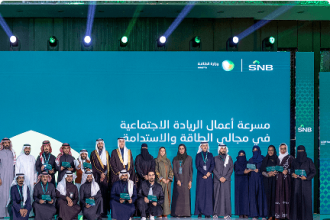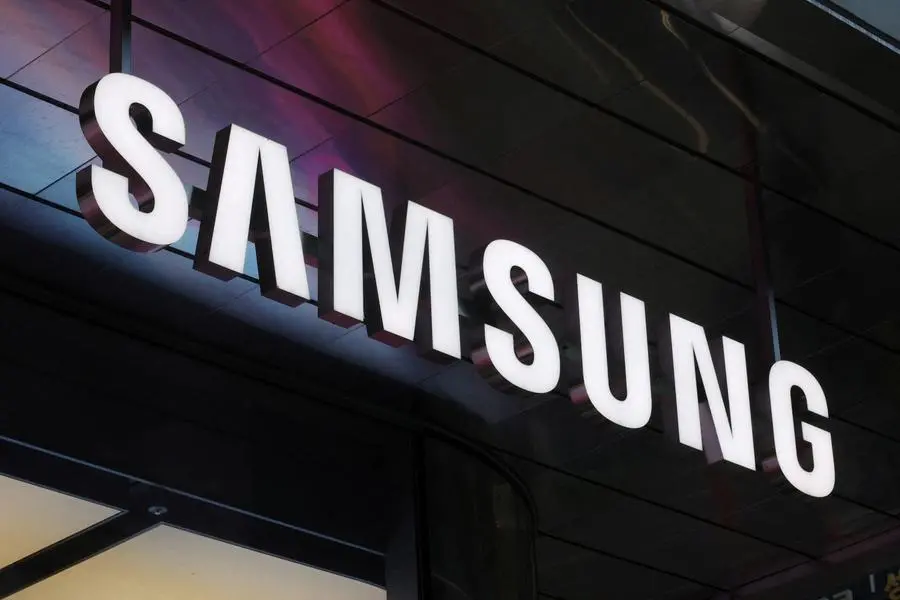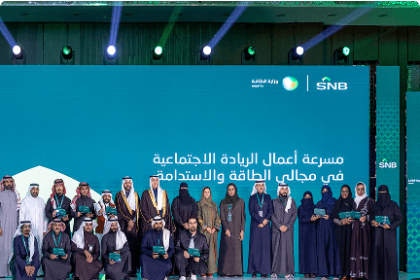Samsung Electronics has officially entered a new frontier of consumer technology with the launch of Galaxy XR, its first AI-native device designed to deliver deeply immersive extended reality experiences. The announcement marks a significant collaboration with Google and Qualcomm Technologies, introducing the Android XR platform, a new operating system built for the AI era.
A New Era of Multimodal AI
The Galaxy XR headset is engineered to be more than a passive device; it’s positioned as an AI companion. By integrating Google’s Gemini at the system level, the device understands its user’s surroundings through vision, voice, and gesture. This multimodal AI allows for natural, conversational interactions, enabling users to manage daily tasks and explore digital content intuitively. The headset’s strategically placed microphones use advanced software to filter external noise, ensuring clear voice capture for commands and communication.
The Android XR Ecosystem
A core element of the launch is the new Android XR platform, co-developed by Samsung, Google, and Qualcomm. This platform puts AI at the center of the user experience and is designed to scale across various form factors, from headsets to future AI glasses. Built on OpenXR standards, the ecosystem encourages an open development environment, allowing creators using OpenXR, WebXR, or Unity to easily bring their applications to the platform. This strategy ensures that users can access familiar Android apps out of the box while providing a scalable pathway for new, specialized XR content.
Human-Centric Design for Daily Use
Samsung has placed a strong emphasis on user comfort to encourage long-term wear. The Galaxy XR features an ergonomically balanced frame that distributes pressure across the forehead and back of the head, minimizing facial discomfort. A key design choice is separating the battery pack from the headset, which makes the main unit more compact, lightweight, and comfortable. The device also includes a detachable light shield, offering users the choice between deeper immersion by blocking external light or a more open experience when removed.
Reimagining Discovery Work and Play
The Galaxy XR promises to transform everyday digital activities into immersive experiences. Users can explore destinations with Google Maps in 3D, ask Gemini for personalized suggestions, and use Circle to Search by simply drawing a circle with their hand in pass-through mode to get information about objects in their physical environment. The device can also auto-spatialize 2D photos and videos into 3D, turning personal memories into interactive experiences. Through advanced sensors that track head, hand, and eye movements, the Galaxy XR aims to deliver a new level of immersion for entertainment, gaming, and productivity.
Why This Matters for MENA
The launch of a major XR platform by tech giants like Samsung, Google, and Qualcomm has significant implications for the MENA tech ecosystem. For the region’s founders and developers, the open Android XR platform presents a major opportunity to build and scale applications for a new generation of hardware, particularly in high-growth local sectors like real estate visualization, immersive education, and cultural tourism. VCs in MENA will be closely watching for the emergence of a new app economy around XR, creating investment opportunities in startups focused on content and software. For the region’s large, tech-savvy youth population, the Galaxy XR represents a potential catalyst for mainstream adoption of immersive technologies, driving demand for localized content and experiences.
About Samsung Electronics
Samsung Electronics is a global leader in technology, inspiring the world and shaping the future with transformative ideas and technologies. The company is redefining the worlds of TVs, smartphones, wearable devices, tablets, digital appliances, network systems, and memory, system LSI, foundry and LED solutions.
Source: Zawya















